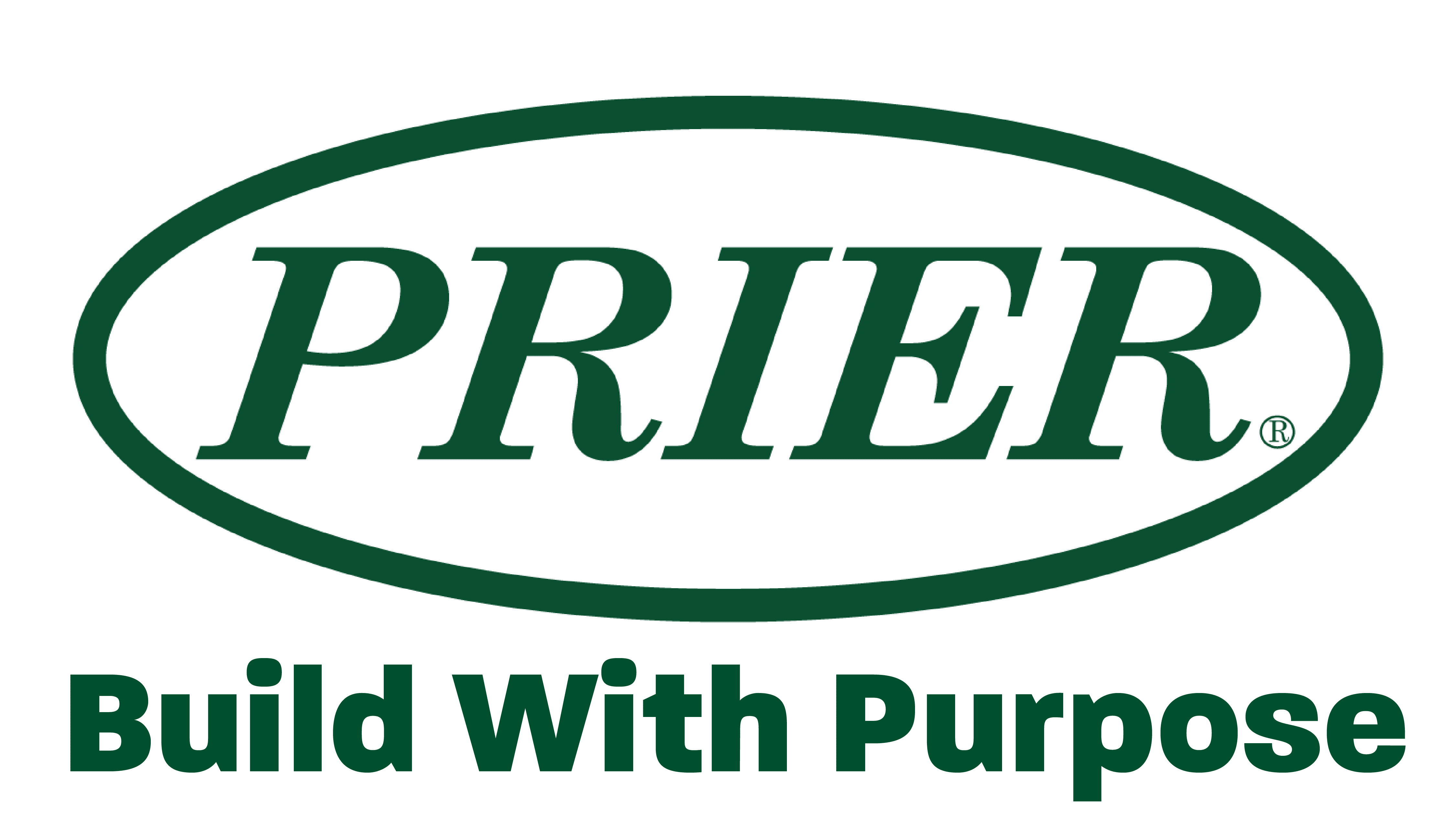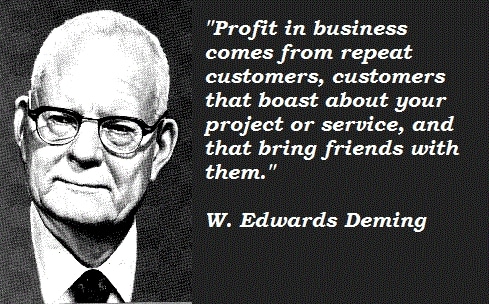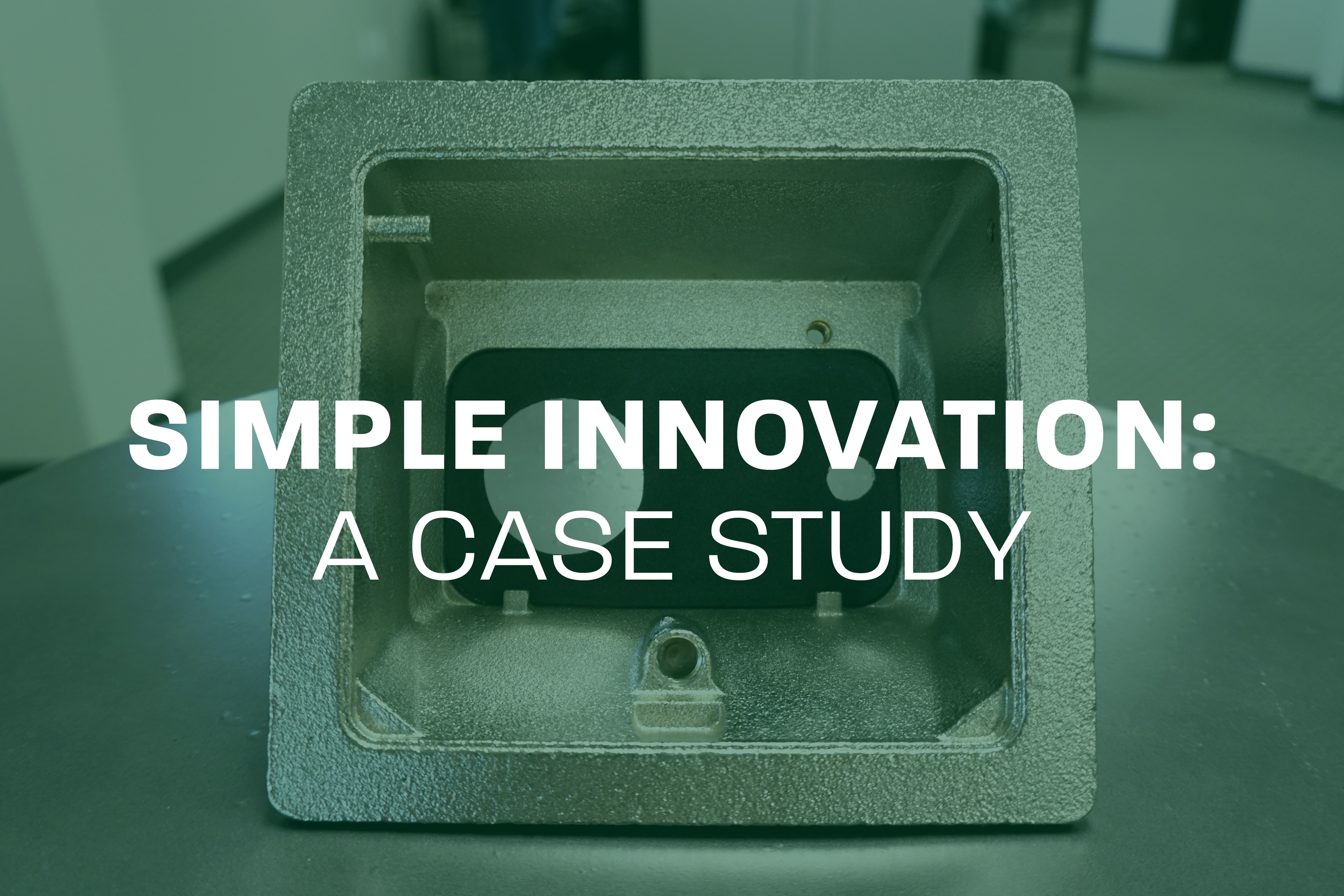An organization is composed of a collection of inter-related systems. You can have management systems for quality, finances, innovation, the environment, safety, etc. For example, PRIER’s main management systems are engineering, manufacturing, sales and general and administrative. These systems are defined by the sequence and interaction of all of its processes. Managing the system includes providing the resources needed, monitoring and measuring the effectiveness of the processes, determining the means of preventing nonconformities and eliminating their causes and establishing processes for continual improvement.
An important part of having a good management system is being able to apply sound corrective and preventive action processes after or prior to a nonconformance. A nonconformance is non-fulfillment of a requirement. When most people think of a quality nonconformance, they think of a product failing an inspection or test leading to scrap or rework. That may be the ultimate outcome, but there are many processes that occur before the product is actually made. Here at PRIER, a nonconformances can occur in processing a sales order, personnel development, product design, purchasing, machine maintenance, etc. Ideally, if all these processes are executed according to plan, they will lead to a high quality product and happy customers, which is what PRIER strives for on a daily basis.
If a nonconformance is discovered, PRIER performs a root cause analysis to determine what led to the problem for implementation of measures to ensure the problem doesn’t happen again. There are several techniques available, but whatever method is used needs to lead to the variables/factors that can be improved that will lead to better results.
Many manufacturing companies have corrective/preventive action processes, but most of them struggle to do it well, which leads to the recurrence of the same problem. It is far too easy for companies to place the blame for problems that arise on the people working in the process. As the saying goes, when you are pointing the finger of blame, 3 fingers are pointing back to you. In my 15 years as an ISO 9001 Auditor, I reviewed many corrective/preventive actions and the majority of root cause analyses are reported as human error.
Deming discovered that 94% of the performance of an organization, success and failure, is due to the system, and only 6% to the worker. Most people struggle with this concept and would argue that having great people would solve the problems. Other people might argue that we should invest in people, provide training, coach them, etc. to improve. Those strategies are nice, but do not necessarily work. People issues are not usually the point of intervention. Ninety-four percent of the time, correcting some aspect of the system will reduce the problem, improve results, and increase employee motivation.
Consider a football team. All the players need to work within the head coach’s system for the team to be successful. A team can’t have 53 prima donnas each doing their own thing. Great coaches can take average players and assemble a good team.
This fundamental change in thinking is crucial and assists in making PRIER better daily. As Dr. Deming once said…
“It is not necessary to change. Survival is not mandatory.”
For more PRIER news, follow us on Facebook, Twitter, YouTube, LinkedIn, Instagram and Pinterest!


